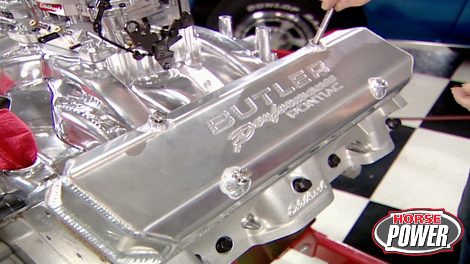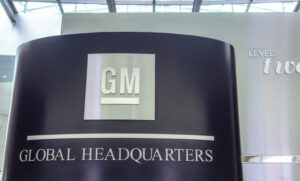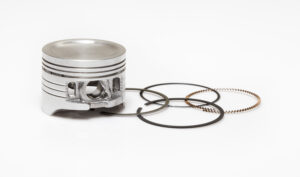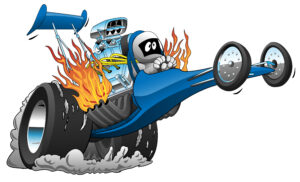
Project: Royal Bird Building a 474 cid Pontiac
Horsepower totally makes over a classic as they transform a stock ’67 Firebird. Mike and Joe build the ultimate pump gas Pontiac, a 474 inch bad boy. Code name “Project: Royal Bird”
Season 10
Episode 3






























